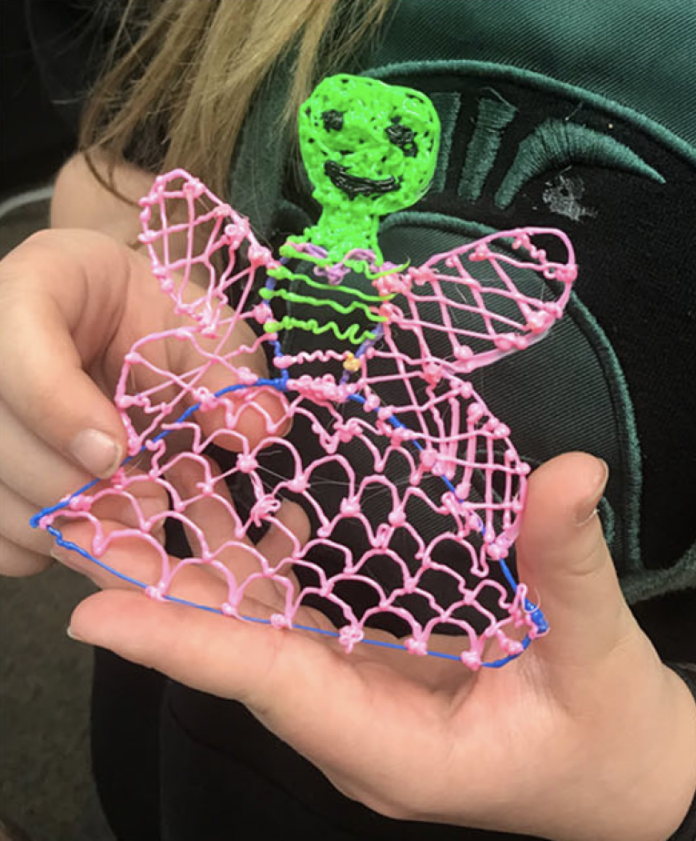This collective case study uses a design-based research approach to investigate the role of 3D pens, an emerging technology, in fostering creativity during a lesson on biomes, genetics, and heredity with learners in six classes of 4th and 5th grade students from rural Michigan and Idaho. Data analyzed included video of the classroom lessons, student surveys, student-created artifacts (planning grids, sketches, photos of their 3D bugs), and student-created Flipgrid reflections. We used a collective case of three cases encompassing nine students with self-reported high, median/mean, and low creativity scores to investigate how these scores and creative products aligned. Three major themes emerged across and within the cases: aspects of originality were found in all products, positive and negative aspects of technology use, and affect towards the activity. The results of this study offer understandings of design of activities to foster creative perception and production in the classroom.
Notes
One more study about the relationship between emerging technology and children’s development. They used mK-DOC to measure children’s perception of creativity.
Students who self-identified as highly creative were more likely to receive higher scores on their bug design as well as have spent more time describing their bug design in the video reflection.
“What are the feelings that are related with self-identification as a creative child?”
What can increase the self perception of creativity?
Reference
Dousay T. & Weible J. (2019). Build-A-Bug Workshop: Designing a Learning Experience with Emerging Technology to Foster Creativity. TechTrends. 63:41–52




